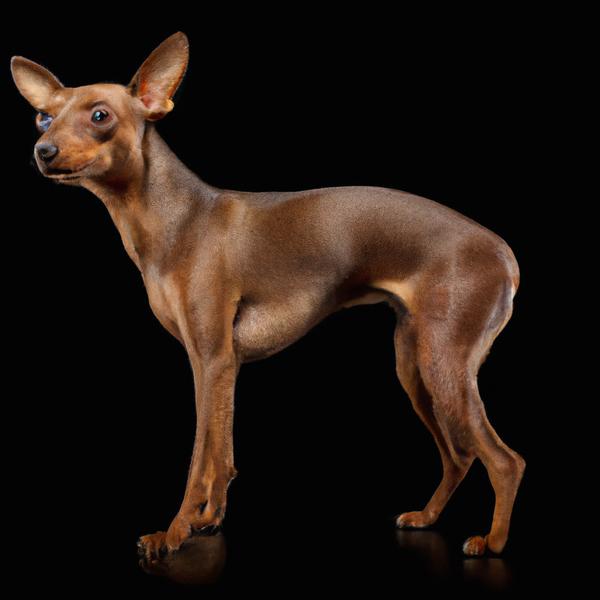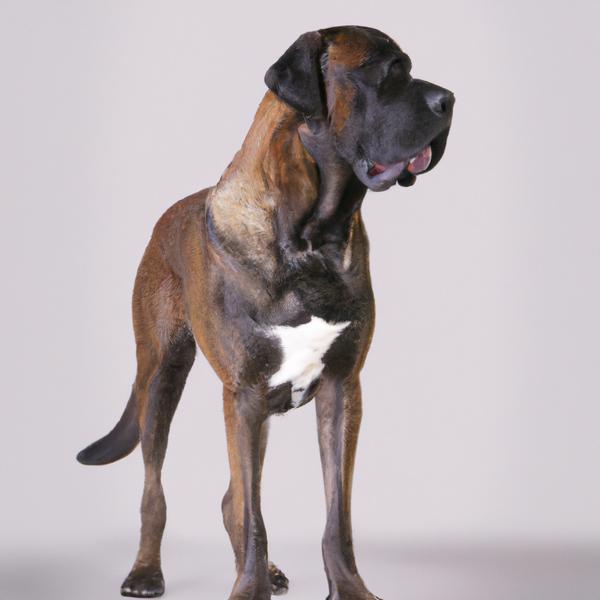Ratese vs. Neahond: Breed Differences and Similarities
Hypoallergenic
Are Rateses or Neahonds hypoallergenic, or neither?
Unfortunately, neither Ratese nor Neahond are hypoallergenic, which may not make them the best choice for dog lovers who suffer from pet allergies.
Temperament
What are the personalities of Ratese and Neahond dogs?
Active
Playful
Loving
Alert
Intelligent
Responsive
Docile
Affectionate
Lively
Gentle
Tempered
Sweet
Inquisitive
Easygoing
Playful
Stubborn
Agile
Protective
Intelligent
Obedient
Dominant
Quick
Trainable
Fearless
Bright
Sturdy
Shedding Level
Do Rateses shed more than Neahonds, or which breed sheds more, Rateses or Neahonds?
Rateses are moderate shedders, but regular brushing can reduce shedding and maintain coat health.
Neahonds are heavy shedders, but regular brushing can help manage shedding and promote a healthy coat.
Origin
What is the origin of Ratese and Neahond dog breeds?
United States
United States
Ancestry
What are the origins of Ratese and Neahond breeds?
American Rat Terrier and Maltese
Keeshond and Neapolitan Mastiff
Date of Birth
When were Ratese and Neahond breeds first developed?
1990s
2000s
Eye Color Possibilites
What are the eye colors of Ratese and Neahond dogs?
Blue
Hazel
Brown
Brown
Amber
Nose Color Possibilites
What are the natural nose colors of Ratese and Neahond?
Black
Blue
Black
Brown
Isabella
Coat Color Possibilites
What are the natural colors of the coat for Ratese and Neahond breeds?
Black
Brown
Red
Cream
Fawn
Blue
Silver
White
Pied
Sable
Brindle
Black
Gray
Brown
Blue
Silver
Sable
Brindle
Coat Length
What is the typical coat length for Ratese and Neahond breeds?
Rateses have longer coats compared to most dogs.
Neahonds have medium-length coats.
Coat Density
What is the density of the coat of Ratese and Neahond?
Coat Texture
What is the hair texture of Ratese and Neahond?
Straight
Litter Size
What is the usual litter size for Ratese and Neahond?
A Ratese can have a litter of 5-7 puppies on average. However, it's worth noting that the size of the litters can vary greatly. Factors that can influence litter size include the health of the mother, breeding history, and genetics.
A Neahond can have a litter of 6-12 puppies on average. However, it's worth noting that the size of the litters can vary greatly. Factors that can influence litter size include the health of the mother, breeding history, and genetics.
Adaptability
Rateses are highly adaptable and versatile, making them excellent companions for families and individuals of all lifestyles.
Neahonds are known for their adaptability and can adjust well to different environments and lifestyle changes.
Health Issues
Between Ratese and Neahond, which breed is more prone to health problems?
While the Ratese breed is generally healthy, occasional vet check-ups are still necessary to address any health concerns.
Neahonds typically have low vet costs due to their good health, but it's important to monitor their health and seek vet care when necessary.
Major Concerns
What are the major health concerns for Ratese and Neahond breeds?
Patellar Luxation
Hip And Elbow Dysplasia
Patent Ductus Arteriosis (PDA)
Renal Cortical Hypoplasia
Canine Hip Dysplasia (Chd)
Heart Diseases and Disorders
Gastric Dilation Volvulus (GDV) or Bloat
Minor Concerns
What minor health issues should be kept in mind when owning Ratese and Neahond?
Demodectic Mange
Dental Disease
Color Dilution Alopecia
Patellar Luxation
Entropion
Ectropion
Skin Allergy “atopy”
Occasional Tests
What occasional tests are recommended for Ratese and Neahond breeds?
Eye Examination
Dental Examination
Blood And Urine Analysis
Complete Physical Examination
Diagnostic Imaging
Electromyography (EMG)
DNA
Cardiac
Up:Uc Ratio For Kidney Function
Eye Examination
Skin Evaluation
Ultrasound
Internal Imaging (x-ray, CT scan, MRI, etc.)
Electrocardiograph (ECG - measures rate and rhythm)
Social Needs
Ratese vs Neahond social needs comparison
Ratese has very high social needs and requires regular mental and physical stimulation, a job or purpose, and companionship.
Neahond has above average social needs and thrives with interaction with humans and other dogs.
Sleeping Need
Which of the two sleeps the most/least: Ratese or Neahond?
Rateses sleep less than other breeds but still need adequate sleep for good health.
Neahonds have moderate energy levels and typical sleep patterns of 12-14 hours per day.
Mouthiness
Mouthiness Comparison: Ratese vs Neahond?
Roaming urge
Ratese vs Labrador: Running away tendency?
Prey Drive
Ratese or Neahond - which breed has a higher level of prey drive?
Activity Level
Which breed has higher energy, Rateses or Neahonds?
Rateses are high-energy dogs. They need mental as well as physical exercise. These dogs require a lot of your involvement and without it they can, and will, become problematic dogs.
Neahonds are medium-energy dogs and typically enjoy socializing and playing casual or even sustained games of chase with other dogs. They may also have occasional periods of barking or racing around the house.
Tolerance of being left alone
Walks per Week
How many miles should Ratese or Neahond walk each week?
There's really no limit to how far you walk your dog as long as they're comfortable. For Ratese, it's at least 10 miles / week. Just remember to build distance and stamina gradually over time.
There's really no limit to how far you walk your dog as long as they're comfortable. For Neahond, it's at least 7 miles / week. Just remember to build distance and stamina gradually over time.
Activity per Day
Do Rateses or Neahonds require more exercise?
In general most Rateses usually need at least 90 minutes of exercise daily. This can be spread across the day and include all sorts of high-energy activities, like walking, running and playing.
In general most Neahonds usually need at least 45 minutes of exercise daily. This can be spread across the day and include all sorts of high-energy activities, like walking, running and playing.
Grooming
Which breed is easier to maintain in terms of grooming, Rateses or Neahonds?
The Ratese has low grooming needs and is easy to maintain.
The Neahond requires an average amount of grooming compared to other breeds.
Brushing Frequency
What is the recommended brushing frequency for Ratese and Neahond dogs?
Ideally, Ratese should be brushed at least 2 or 3 times a week (preferably daily) improve shedding.
Neahond should be brushed at least once a week. Of course you can give them more frequent brushes if you find that they are still shedding a lot
Brushing Tools
What brushing tools are used for Rateses and Neahonds?
Pin Brush
Dematter
Comb
Nail Clipper
Pin Brush
Slicker Brush
Comb
Nail Clipper
Cups
How much food should be given to Ratese or Neahond in cups?
For an average 20-25 pound (9 - 11 kg) Ratese feed 1 cups daily. But, keep in mind, the amount you feed is going to be dependent on the quality of the food you are feeding.
For an average 100-130 pound (45 - 59 kg) Neahond feed 3.5 cups daily. But, keep in mind, the amount you feed is going to be dependent on the quality of the food you are feeding.
Daily Cost
Which breed has a higher daily cost, Ratese or Neahond?
The average cost of a Ratese is somewhere $1.10 - $1.40 per day.
The average cost of a Neahond is somewhere $3.40 - $4.50 per day.
Monthly Cost
Which breed has a higher monthly cost, Ratese or Neahond?
The average per month expenses of a Ratese is between $28 - $42. This makes an average of $336 - $504 per year. It will be on the higher side when the dog is still small because it will need more frequent visits to the vet, shots.
The average per month expenses of a Neahond is between $101 - $134. This makes an average of $1212 - $1608 per year. It will be on the higher side when the dog is still small because it will need more frequent visits to the vet, shots.
Sensitivity Level
How do Ratese and Neahond compare in sensitivity?
This breed is sensitive and requires gentle handling and a calm home environment.
This breed is sensitive to its environment and best suited for patient and understanding families with a consistent routine.
Apartment Friendly
Which breed is more apartment-friendly: Ratese or Neahond?
Rateses make excellent apartment dogs, being fairly active indoors and not requiring a yard.
Neahonds are good apartment dogs as long as they get enough exercise and stimulation outside of the apartment.
Child Friendly
Do Rateses or Neahonds have a friendlier temperament towards children?
Rateses make excellent family pets for kids due to their gentle, protective nature and calm temperament.
Neahonds are good with kids if socialized and trained from a young age.
Senior-friendly
Which dog is more suitable as a pet for the elderly - Ratese or Neahond?
Cat Friendly
Do Ratese or Neahond breeds have a better compatibility with cats?
Rateses are very friendly with cats and make great companions for them.
Neahonds are good with cats, but early training is needed to prevent chasing behavior.
Dog Friendly
Which breed is more sociable with other dogs: Ratese or Neahond?
Rateses are generally very friendly towards other dogs, with a happy and affectionate temperament.
Neahonds are average in their friendliness towards other dogs, and socialization can help.
Pet friendly
How do Ratese or Neahond dogs interact with other pets?
Stranger Friendly
Which breed is more friendly with strangers: Ratese or Neahond?
Rateses are highly friendly around strangers.
Neahonds are averagely friendly around strangers but benefit from early socialisation.
Playfulness
Which breed is more playful between Ratese and Neahond?
Ratese and Neahond have an average level of playfulness. Like other dogs, they enjoy playing, but they are not the most playful dog breed.
Trainability
How do the trainability levels of Rateses and Neahonds compare?
Ratese and Neahond dogs are usually easy to train, but may require consistency to fully obey commands.
Compare Ratese with other breeds
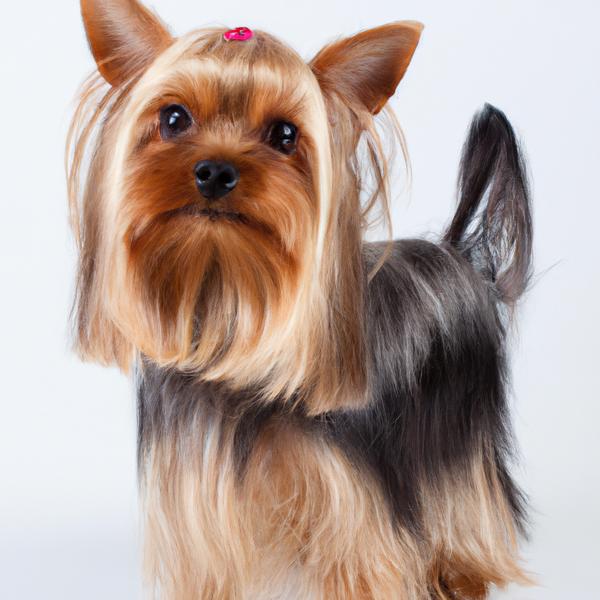
Yorwich
Ratese vs Yorwich
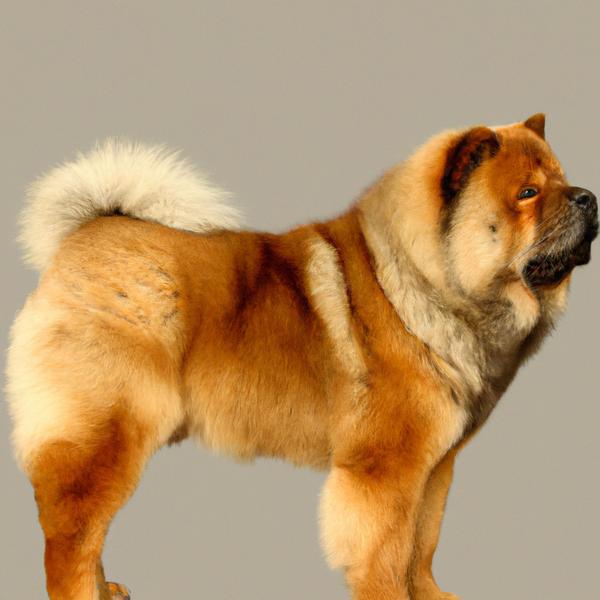
Chow Shepherd
Ratese vs Chow Shepherd
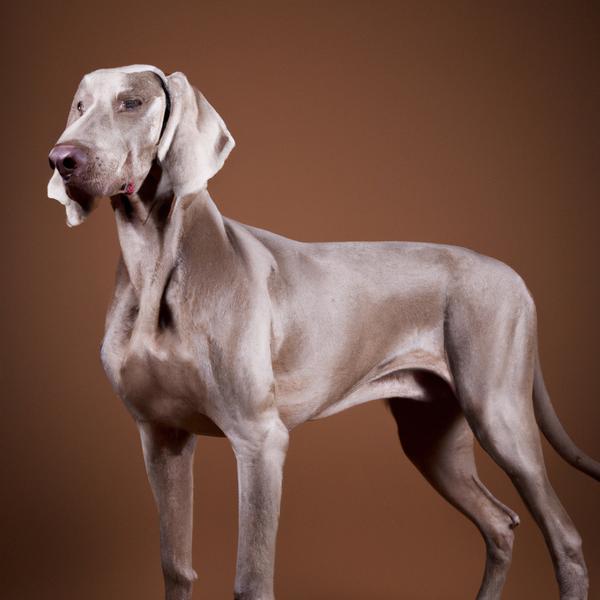
Bosmaraner
Ratese vs Bosmaraner
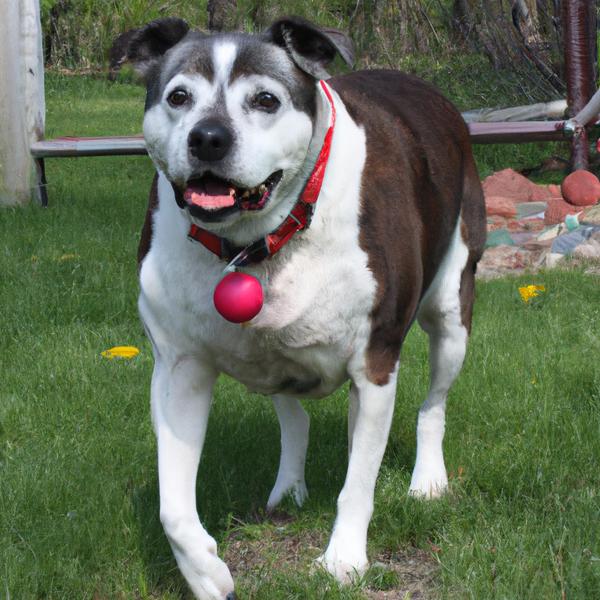
Olde Pit Bulldogge
Ratese vs Olde Pit Bulldogge
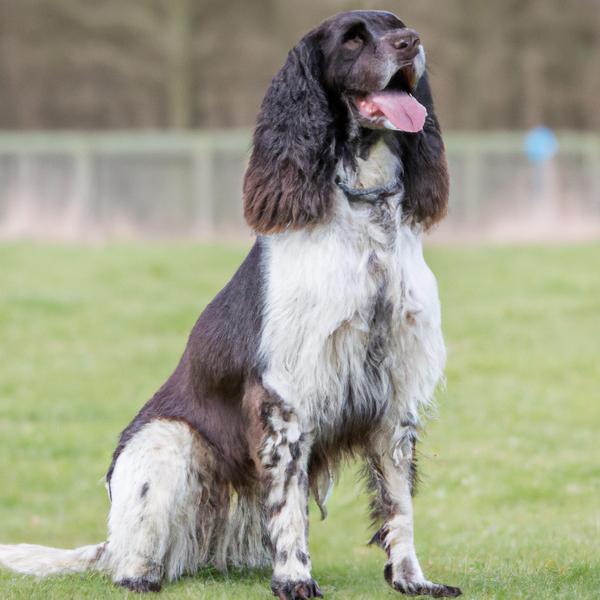
English Springerman
Ratese vs English Springerman

Be-Apso
Ratese vs Be-Apso
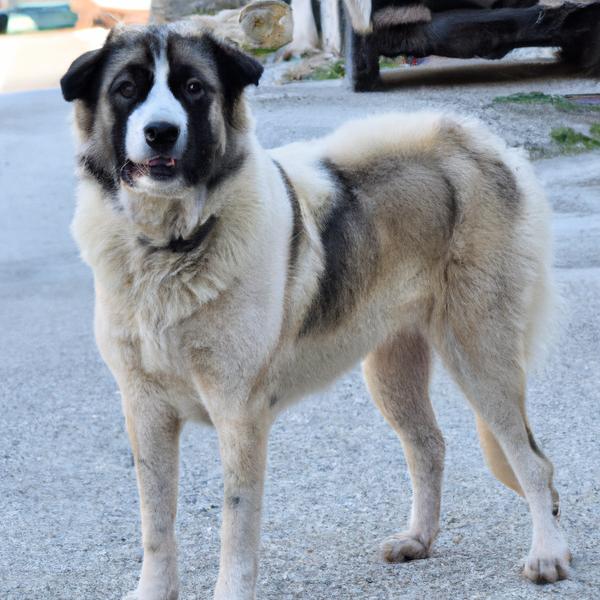
Croatian Sheepsky
Ratese vs Croatian Sheepsky
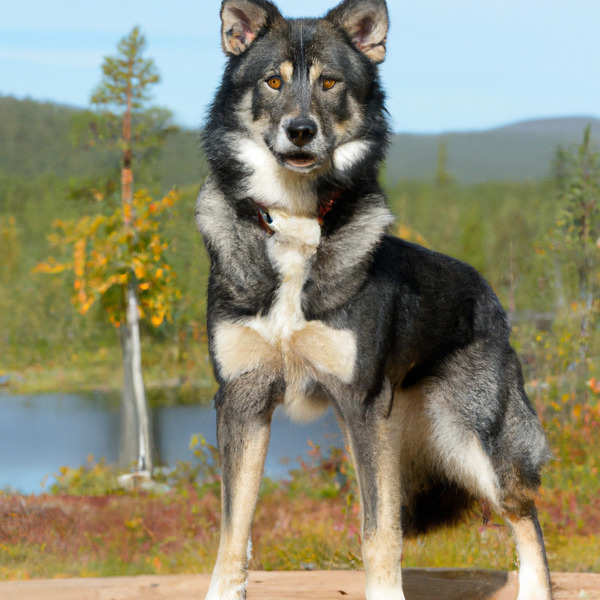
Lapponian Herder
Ratese vs Lapponian Herder
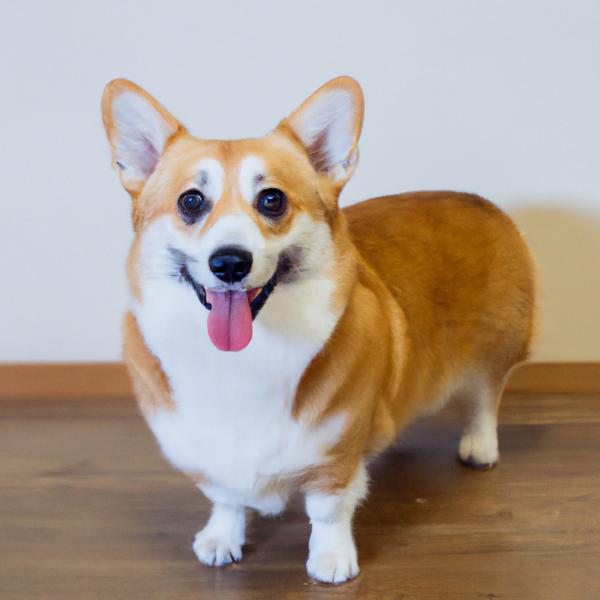
Pembroke Welsh Corgi
Ratese vs Pembroke Welsh Corgi
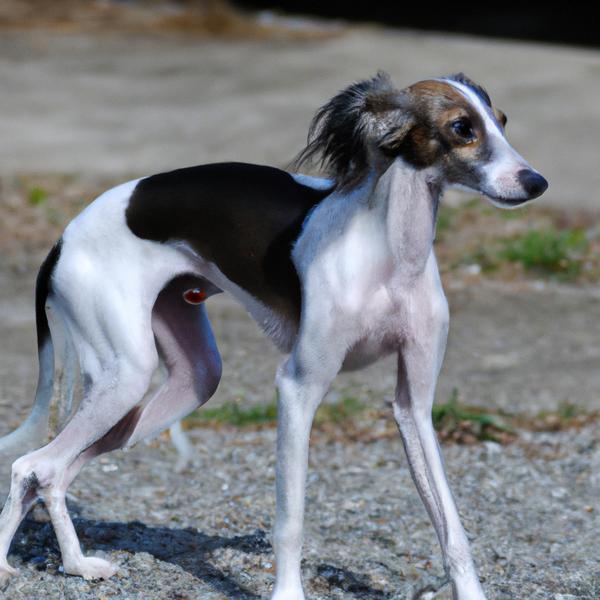
Italian Cavalier Greyhound
Ratese vs Italian Cavalier Greyhound
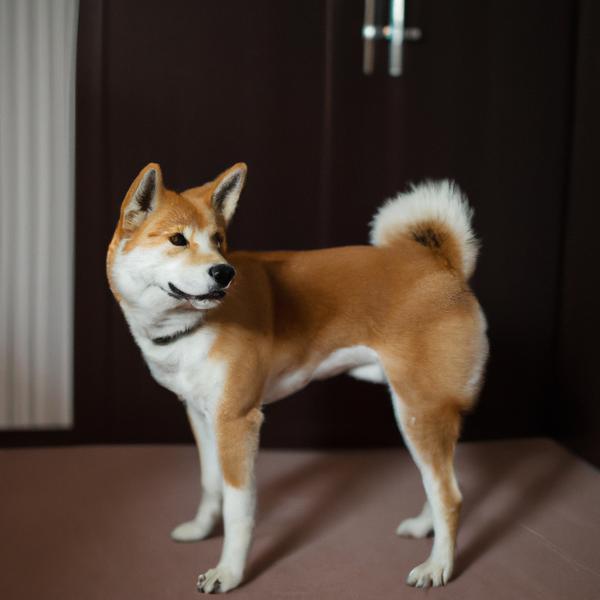
Eskenji
Ratese vs Eskenji
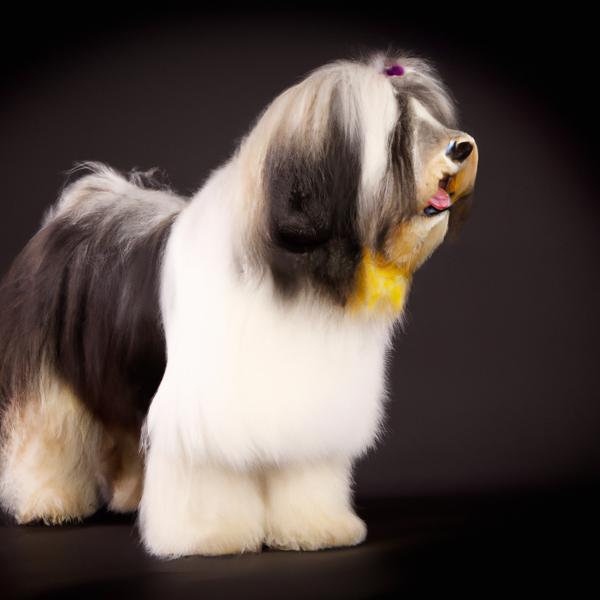
Tibecot
Ratese vs Tibecot
